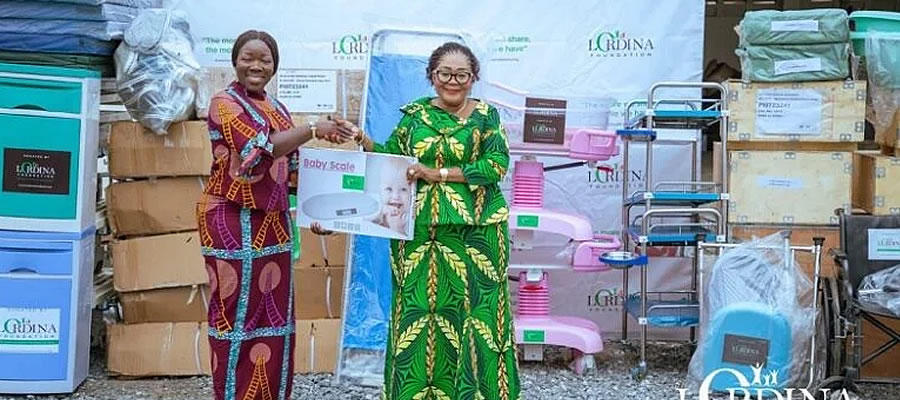

Types of farming (Agricultural Activities)
Figure 7.1 shows that there are 8,512 households in agriculture. However, the households reported a total of 9,357 agricultural activities. Giving an average of about 1.1 households per agricultural activity, it is worth noting that an agricultural household can engage in more than one activity. The two traditional activities of crop farming and livestock rearing are prominent in the district and in both urban and rural communities.
Fish farming as distinct from fishing is relatively new in the district with only a small percentage (0.1%) of agricultural households engaged in it. This may be due to the fact that start-up capital is relatively high. Tree planting is also not a traditional activity and attracted less than one percent (0.4%) of the households. Tree planting in particular requires a considerable waiting time to harvest. This is not likely to draw much interest from the substantially subsistent level agricultural communities of the district.
However, there is not much variation among households which rear livestock in urban areas (10.6%) rear livestock and those in rural areas (10.5%). There is also no significant difference between rural and urban households in the non-traditional activities of tree planting and fish farming as shown in Figure 7.1.
Housing Stock
Table 8.1 shows the stock of houses and households in the district. Out of a total household population of 24, 076,327 in the country, 2,265,458 are in the region and 58,701are in the District. There are a total of 331,967 houses recorded during the 2010 PHC in the region, of which a total number of 8,391 in the district. With a total household population, the proportion of urban computed from Table 8.1 is 48.5 percent, while computation for rural constitute 51.5 percent. The proportion of houses in the rural locality (54.3%) is more than those in the urban locality (45.7%). The population per house in the urban locality which is 7.5 percent is higher than the rural localities (6.7). Average household per house in the urban locality (1.7) is slightly higher than the rural locality (1.5). This could be as a result of urbanization and rural-urban migration for the purpose of education, business and work. The average household size in the rural areas was more (4.4) than the urban average household size (4.3).
House Ownership Status
Table 8.2 shows the ownership status of dwelling units by sex of household head and type of locality in the Techiman North District. The proportion of houses owned by household members was more than half (54.2%). The proportion of dwelling houses owned by a relative not a household member was about one-fifth (17.8%) comprising 15.4 percent males and 22.1 percent females.
This indicates more females than males in the district own houses which they have given out to relatives to occupy. However, with regards to dwelling houses owned by other private individuals in the district more males (26.2%) than females (22.8%). Also, a little more than one percent (1.2%) of dwelling houses are owned through mortgage with no variation among the two sexes. Ownership by other private agency is 37.8 percent while public/government ownership and other is less than one percent of the total population of households and among both the male and female populations.
In terms of locality, dwelling units owned by household members is higher in rural localities accounting for 55.4 percent whiles that of urban localities is 53.1 percent. In contrast, dwelling units owned by relative not a member of the household and other private individual is higher in the urban areas than in the rural areas.
Date Created : 11/21/2017 3:23:32 AM












 facebook
facebook
 twitter
twitter
 Youtube
Youtube
 +233 593 831 280
+233 593 831 280 0800 430 430
0800 430 430 GPS: GE-231-4383
GPS: GE-231-4383 info@ghanadistricts.com
info@ghanadistricts.com Box GP1044, Accra, Ghana
Box GP1044, Accra, Ghana